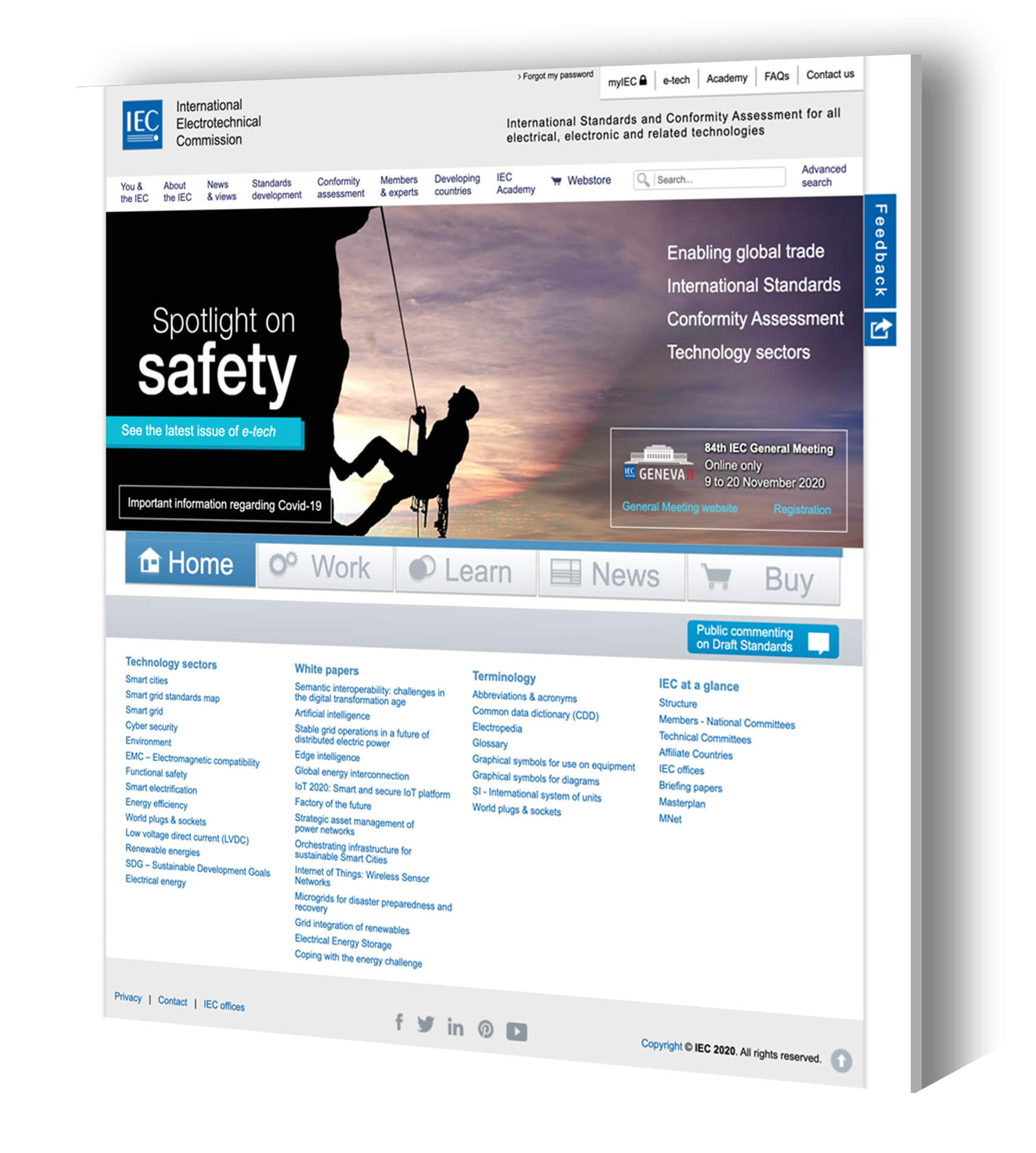Web site optimisation, UX, UI
In this process I:
- analyzed the existing website: I evaluated the existing UX/UI, identified pain points, and understood user needs by conducting user research, usability testing, and analyzing user behavior data.
- I defined goals and objectives: I established clear goals for the redesign, such as improving user engagement, increasing conversions, or enhancing aesthetics, to guide my design process.
- I developed a new design concept: I created a fresh, modern design concept that addressed identified issues and aligned with the established goals. This included removing skeuomorphic elements and adopting a flat design approach.
- I overwrote CSS styles: I updated the website’s CSS styles in a non-destructive manner, ensuring a smooth transition to the new design without causing service disruptions or loss of functionality.
- I tested and refined: I conducted usability testing with the new design to identify potential issues and gather user feedback. I refined the design based on the insights gained from testing.
- I implemented and monitored: I launched the revamped website and closely monitored user behavior, engagement, and feedback to ensure the new design achieved the intended goals. I iterated and made further improvements as necessary.
Client
Technology and tools
Mainly CSS3, HTML5, Photoshop, Illustrator
Date
October 30, 2016



